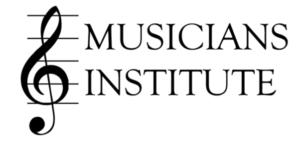
Intonation – How and Why to Tune Your Players
If you had 50 pianos (but why would you?) and you tune one, then the next one to the first one and continue that process, you will have many out of tune instruments as the process continues. The solution to the need for instruments to be in tune with each other is to tune each of them a standard.
An axiom we directors like to repeat is that tuning is not an event, it is a process. The most vital tools for intonation are our ears. As the wind instruments warm to room temperature and beyond, as the temperature in the room changes, and as players fatigue, intonation will need to be monitored and adjusted.
A good, characteristic tone is essentially linked to good intonation. Whereas it is much easier to play in tune with a good tone, it is much more difficult to do so with a poor tone. Understanding and using proper tone production is the beginning of good intonation.
There are of course many views on the most effective ensemble tuning procedures. The following is what I have used throughout my career:
• First, brass on concert Bb – taken from the piano (if it is in tune) or an electronic source. Some woodwinds may prefer Bb as well.
• Next, woodwinds on concert A. The American standard is A 440.
• Then, Strings first on concert A.
Other than French horns horns or CC tubas, all of the brass can tune open or in first position. Professional orchestras tunes on “A”, but non professional brass will tune more accurately on “Bb”. Strings go last so they can take whatever time they need without having to compete with woodwinds or brass to hear themselves.
Players must tune themselves. While they play, have players listen discerningly. If someone hears that something is not right in regards to intonation, that player must adjust. If it gets worse, they adjusted the wrong way – go the other way.
Intonation helps:
- Use tuners – they are vital tools. Tuner apps are abundant and varied. They may cost, but the cost is most often minimal. Find one that makes sense to you. After using one, players must then rely on their ears to help them stay in tune.
- Know the pitch tendencies of each instrument and how to compensate.
- Know how range, dynamic, endurance, and temperature affects each instrument and how to compensate.
- Know and use alternate fingerings where needed, helpful, and possible.
The better informed the director is, the better they can help the players play in tune. Also, rely on strong players in the group to help with detailed knowledge and techniques. As the process of tuning is applied to playing, both the individual and the entire group can improve in their intonation and thus in the beauty of their sound.
